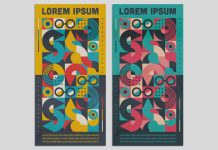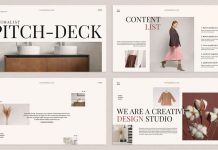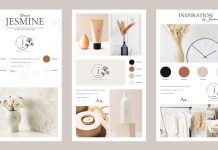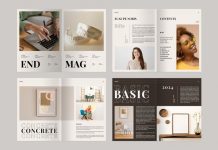Your logo: it’s the tiny (or maybe not-so-tiny) ambassador that serves as your brand’s first impression to the world. It’s plastered on your website, business cards, and that snazzy merch you just launched. In short, it’s a big deal. But before you dive headfirst into the world of squiggles and fonts, take a moment to steer clear of these common logo design mistakes that could leave your brand looking less “powerhouse” and more “oops-a-daisy.”
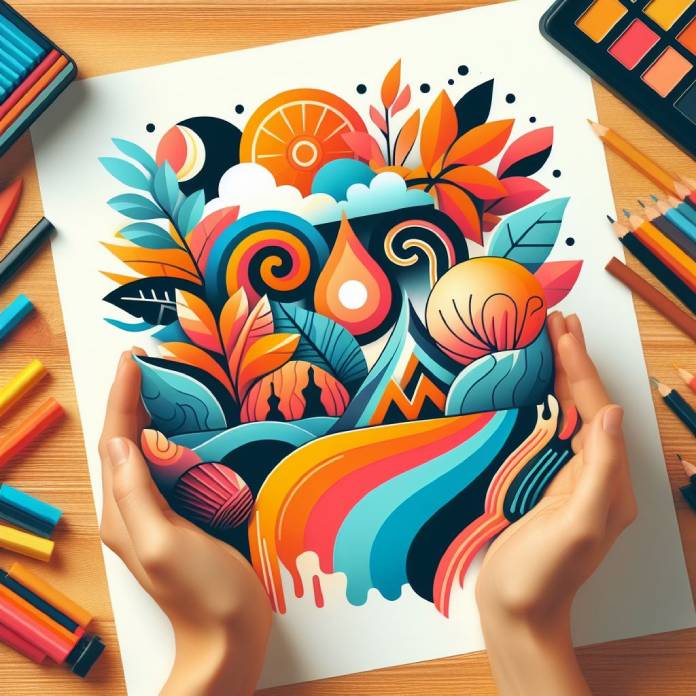
1. Skipping Brainstorm Bootcamp: Every A-list logo starts with a good old-fashioned brainstorm. Don’t just jump in and start sketching! Take time to understand your brand’s core values, target audience, and the overall message you want to convey. Research your competitors (without shamelessly copying, of course) and scour design inspiration boards on [insert design inspiration platform here] to get those creative juices flowing. This initial legwork will set the tone for a logo that truly reflects your brand’s essence.
2. The “Complexity is King” Conundrum: We get it, you want your logo to be unique and stand out from the crowd. But hold on, champ. Cramming your logo with intricate details and excessive flourishes might make it look impressive at first glance. But here’s the reality check: complexity often translates to poor scalability. Imagine your logo shrunk down to the size of a favicon – does it still retain its impact? Remember, a strong logo is memorable for its simplicity and effectiveness, not its resemblance to the Sistine Chapel ceiling.
3. Color Clash Catastrophe: Color is a powerful branding tool, but wielding it recklessly can backfire. Don’t get seduced by the trendiest color combos or random neon explosions. Instead, choose colors that strategically align with your brand message and resonate with your target audience. Consider color psychology – for example, red evokes excitement and energy, while blue conveys trust and stability. Research what colors your competitors are using, and then choose a complementary palette that allows yours to shine.
4. Font Faux Pas: Fonts are like the supporting actors in your logo drama – they play a crucial role in setting the tone. Avoid generic fonts or trendy choices that might feel dated in a few years. Opt for fonts that complement your chosen color scheme and reflect your brand personality. Think bold and playful for a youthful brand, or sophisticated and classic for a more established company. Remember, legibility is key – your audience shouldn’t need a decoder ring to decipher your brand name.
5. Ignoring Your Not-So-Secret Admirer (Your Audience): A logo that exists in a vacuum is a logo destined for failure. Don’t design for yourself or your design buddies; design for the people you’re trying to reach. Consider your target audience’s demographics, interests, and the overall vibe you want to evoke. Does your logo speak to their needs and aspirations? Does it resonate with the values they hold dear? Remember, your logo is a conversation starter, so make sure it’s speaking the right language.
6. Copyright Caper: Don’t Be a Copycat: This one’s a no-brainer. Before you get too attached to your logo design, make sure it’s squeaky clean in the originality department. Conduct a thorough copyright check to ensure you’re not infringing on anyone else’s intellectual property. There’s nothing worse than pouring your heart and soul into a logo, only to discover it’s a close relative of an already established brand.
7. The “One and Done” Delusion: Your logo shouldn’t be a one-size-fits-all situation. It needs to be adaptable enough to thrive across various mediums, from towering billboards to tiny app icons. Design your logo with scalability in mind. Create variations of your logo that work well in different sizes and formats, ensuring it retains its impact no matter where it appears.
8. Future-Proofing Fumble: Trends come and go faster than you can say “Y2K” (remember that?). Don’t chase fleeting design fads with your logo. While it should feel current, it shouldn’t be a slave to the latest trend cycle. Opt for a timeless design that will resonate with your audience for years to come. Think of iconic logos like Nike’s swoosh or Apple’s bitten apple – simple, yet undeniably enduring.
9. DIY Disaster (Unless You’re a Design Pro): We all have that inner artist yearning to break free. But if you’re not a seasoned designer, venturing into logo creation on your own might not be the best course of action. Consider collaborating with a professional graphic designer who can translate your brand vision into a polished, effective logo. After all, a well-designed logo is an investment in your brand’s future.
10. Don’t Rely on AI (Entirely): Artificial intelligence (AI) has become a game-changer in many creative fields, and logo design is no exception. AI logo generators can be a handy tool for brainstorming ideas or exploring different color palettes. However, relying solely on AI to create your final logo can be a recipe for mediocrity. AI-generated logos often lack the originality and strategic thinking that a human designer can bring to the table.
Think of AI as a helpful assistant, not a replacement for the human touch. Use it to spark inspiration, but don’t let it dictate the final product. A skilled designer can understand your brand’s nuances, target audience, and long-term goals, and translate that knowledge into a logo that’s both visually appealing and strategically sound.
By avoiding these common pitfalls and keeping your brand’s core values at the forefront, you can create a logo that’s not just a pretty picture, but a powerful brand ambassador that resonates with your audience and propels your business forward. Remember, your logo is a visual cornerstone – invest the time and effort to get it right and watch your brand flourish.
Feel free to browse WE AND THE COLOR’s Graphic Design and Branding categories for more inspiring content.


